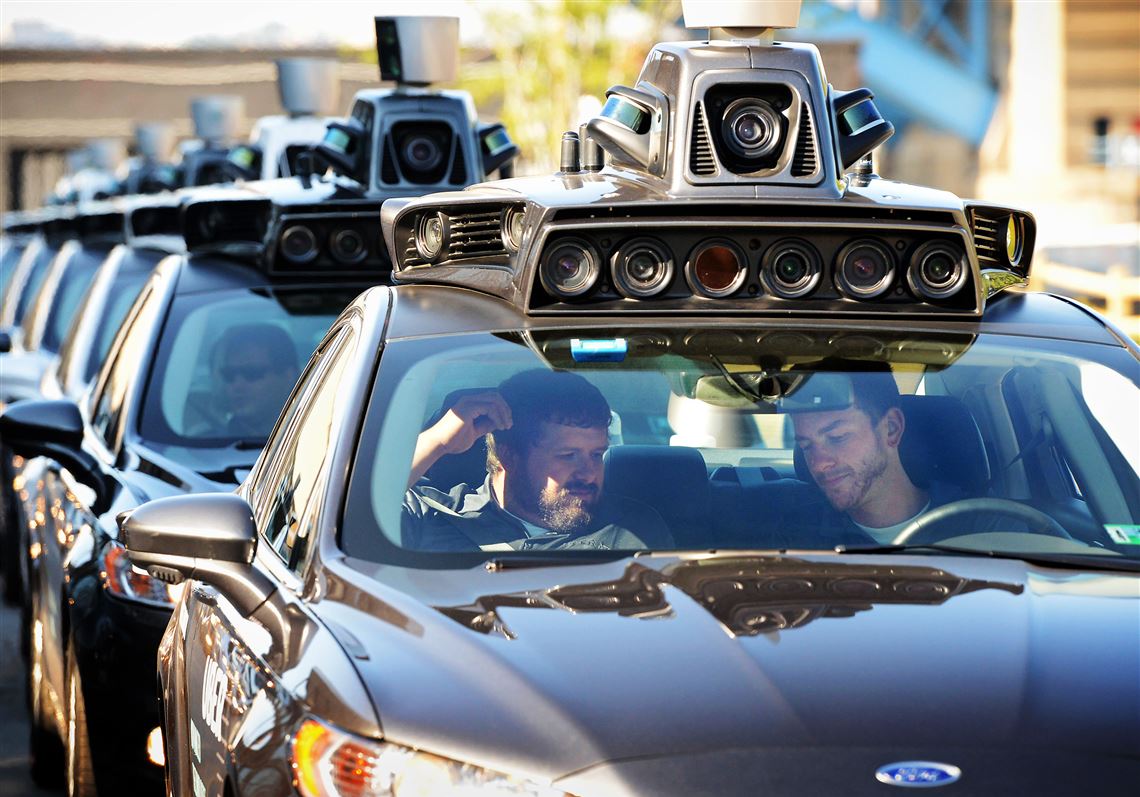


To learn more about updates to our admission process for Fall 2021, including our one-year test-optional policy, please review our Fall 2021 Admission FAQs.
- Continental Automotive built a driver assistance system to help drivers safely change lanes, merge, avoid obstacles, and perform similar maneuvers. NREC’s vehicle classifier was part of Continental’s future active safety systems. The camera from this system scans the road ahead, looking for other vehicles.
- When installation is finished, verify in the driver tab that the provider is 'Carnegie Mellon University' and that the version is '6.4.0.108'. Also verify that your camera is now listed in the device manager as 'CMU 1394 Digital Camera Device'. The name doesn't seem to change properly under winXP.
NREC developed Enhanced Teleoperation: a real-time 3D video system to improve situation awareness in teleoperation and indirect driving of unmanned ground vehicles in complex environment.
Application
Teleoperating a vehicle without line-of-sight is a very difficult and tedious task. Many factors contribute to the degradation of performance: narrow field of view of cameras, lack of 3D perception, jitter in images due to vibration, etc. Furthermore, many operators suffer from various levels of motion sickness when operating from another vehicle.

To improve teleoperation, our team developed the Soldier Awareness through Colorized Ranging (SACR) to provide a 3D environment with photo-realistic computer graphic models of the surroundings, all in real-time. These improvements give drivers a better view of a vehicle’s surroundings, improving their awareness of its environment and making remote and indirect driving safer, easier, and faster. Other potential SACR applications include mapping, mission visualization, mission rehearsal, and localization of personnel and vehicles. In field trials, operators performed 20% to 50% better on a range of driving tasks with SACR than they did with existing 2D video systems.
Capabilities
SACR uses 3D video to improve a driver’s awareness of the environment. The SACR sensor pod includes a high-definition video camera and laser range finder. One or more sensor pods can be mounted on a vehicle. SACR fuses video and range input from the sensor pods in real time to build a 3D computer graphics model of the vehicle’s surroundings.
 Features:
Features: Carnegie Mellon University Qatar
- A geometrically correct “virtual driver’s windshield” can be shifted to different points around the vehicle. This makes it easier to view the outside the vehicle and compensates for a driver’s offset from the sensor’s physical location.
- Widening the field of view allows the driver to see more of the vehicle’s surroundings at a glance.
- Drivers can zoom into and out of images to better see points of interest and even “fly around” the outside of the vehicle. An overhead view is especially useful for teleoperating UGVs (similar to driving a radio-controlled toy car).
- Video memory allows the camera to “see through” the vehicle, showing areas that would ordinarily be blocked by parts of the vehicle. This is especially useful for seeing the ground immediately in front of, underneath, or in back of the vehicle – none of which are easily observable from fixed-mount cameras.
- One 3D video feed can produce multiple views for multiple operators.
- Maps, autonomy plots, and other mission-critical information can be superimposed on the 3D video image.